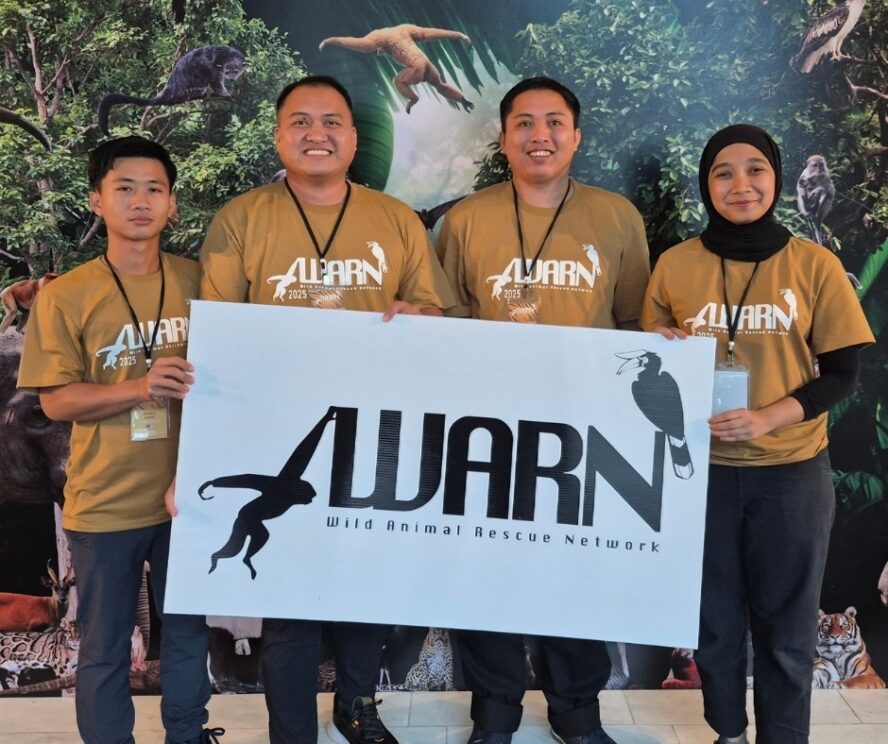News
Orangutan Appeal and Sabah Wildlife
Over the past 40 years, orang-utans rescued in Sabah were rehabilitated at Sepilok before being released into the nearby jungle. Now the Sabah Wildlife Department tells JASWINDER KAUR about plans to translocate some of them to an alternative site in Lahad Datu.
01/11/2006
Sabah Wildlife Department
Over the past 40 years, orang-utans rescued in Sabah were rehabilitated at Sepilok before being released into the nearby jungle. Now the Sabah Wildlife Department tells JASWINDER KAUR about plans to translocate some of them to an alternative site in Lahad Datu.
Orang-utan rehabilitation officially started in 1964 at Sepilok Orangutan Rehabilitation Centre and now comes under the Sabah Wildlife Department.
Department deputy director Laurentius Ambu said rehabilitation for orang-utans became the centre’s core business due to agriculture development, especially in the 70s and 80s.
"There were a lot of displaced orang-utans. Since the orang- utan is an icon, we decided to look out for this animal, although we do collect other wildlife and treat them if they are sick.
"Although the rehabilitation programme was never intended to become a tourist attraction, that was what happened over the years.
"Based on feedback, we know that visitors come to view orang- utans at Sepilok because we don’t run it as a commercial entity at the expense of the orang-utans.
"We don’t collect orang-utans from the wild to be displayed at the centre. We only bring in displaced animals that need to be rehabilitated," Ambu said.
Visitor numbers have more than doubled in the last 20 years. An average of 260 people a day came last year to see the "wild man of Borneo". In the last three years, foreign tourists have outnumbered Malaysians.
The deputy director explained that tourists are only allowed to view orang-utans from a platform and that the clinic and quarantine complex were off-limits.
For that reason, the department is doing all it can to build a temporary boardwalk after a recent storm uprooted a huge Seraya tree, destroying a platform that used to accommodate up to 300 people.
At present, visitors are allowed into the clinic and quarantine compound to watch young orang- utans at their training station, but ropes keep them at least 100 metres from the nearest building.
Tourists must first dip their shoes in disinfectant.
"We show tourists a video before they go to the platform so that they understand how rehabilitation works. Only animals that cannot fend for themselves are sent here. Healthy adults are sent directly into the wild," Ambu said.
Until June, there were 60 orang-utans at Sepilok.
He said plantations were aware of legislation protecting orang- utans, and they inform the department whenever they clear land that has wildlife on it. Orang- utans are a totally protected species under the Sabah Wildlife Conservation Enactment 1997.
With years of experience behind it, the department has now started translocating orang-utans to the Tabin Wildlife Reserve in Lahad Datu, an initiative that started in September.
"We know that orang-utans can adapt when translocated," said Ambu. The department decided to translocate orang-utans to Tabin after comparing its fruit trees with those at Sepilok. Tabin is large enough for them to live in although there is an existing population there.
"We are recording how well the orang-utans are doing in Tabin in terms of their health and impact on other wildlife. This will serve as a guideline in creating translocation sites," Ambu said.
The department is working with NGO Sepilok Orangutan Appeal UK to monitor the translocated animals. Each orang utan is followed individually.
An orang-utan management plan is being finalised. More than 60 per cent live outside protected areas. Surveys done by scientists, in collaboration with the department, show there are an estimated 11,000 individuals in Sabah.
Asked what the future holds for Sepilok in the next two decades, Ambu said once wild orang-utans are managed within their habitat, fewer would be sent to the centre.
"However, I don’t think the centre will shut down because there are some areas that remain fragmented," he said.
"Fragmentation is our main worry because orang-utans end up isolated in pockets of forests.
"Some are left behind by their mothers, and we will need to continue to care for them."
Explore more articles
![WARN Asia Conference Sepilok Team Photo]()
News
WARN Asia Conference 2025
Team travels to Thailand to share expertise and see frontline wildlife rescue in action.
![Ibri celebrating 20 years with Orangutan Appeal UK 1]()
News
Honouring 20 years of incredible service
Ibri celebrates two decades of exceptional care at Sepilok.
![UPM Forum Website Image]()
News
Inspiring next generation of wildlife vets
Online forum for aspiring conservation veterinarians.


